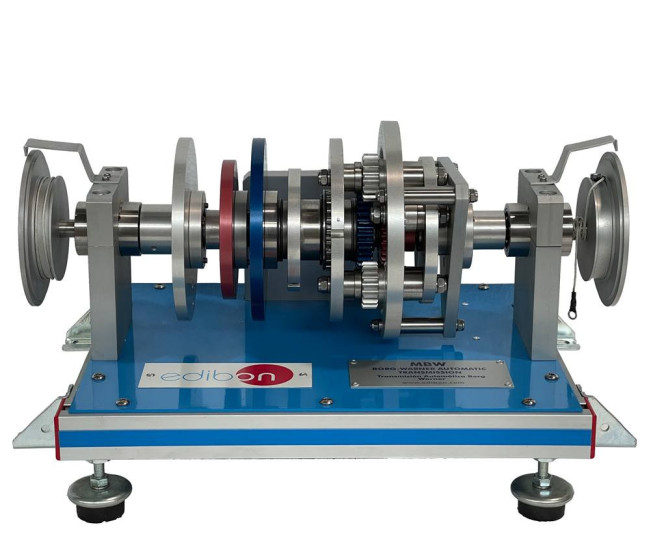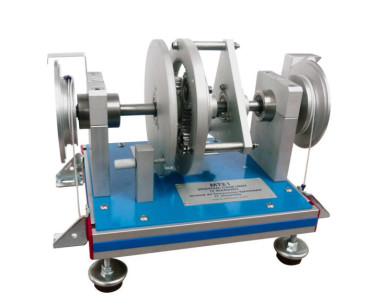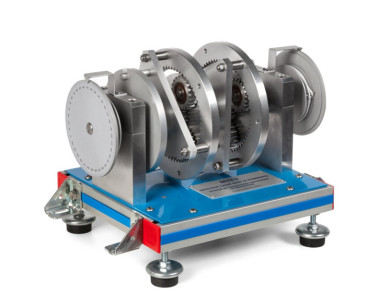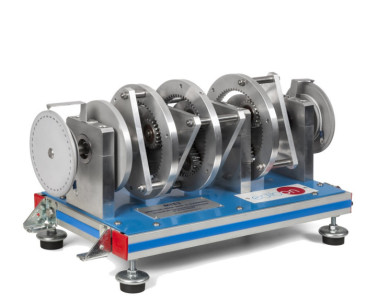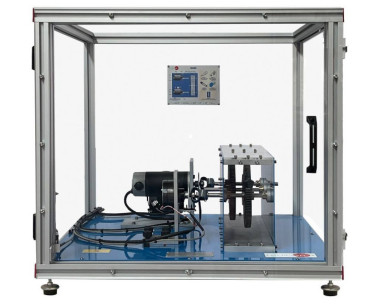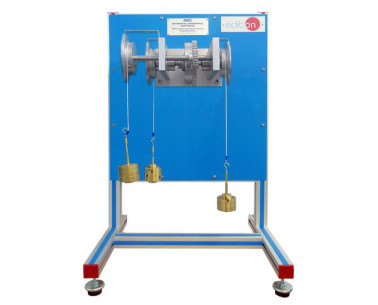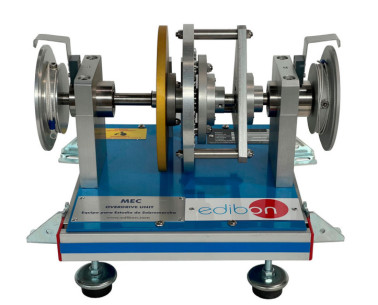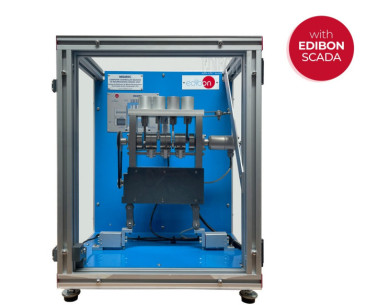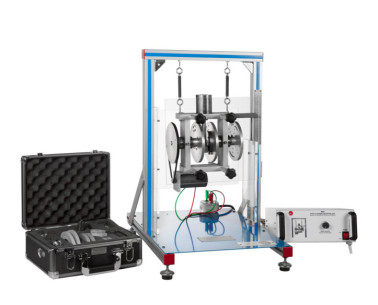MBW Borg-Warner Automatic Transmission
INNOVATIVE SYSTEMS
The Borg-Warner Automatic Transmission, "MBW", includes a torque converter and a three-speed automatic system that will allow the student to carry out experiments with different transmission ratios simulating clutches and band brakes. In addition, a freewheel allows the visualization of the engine brake effect.
Expansions
Laboratories
RELATED NEWS
General Description
The main distinguishing element of automatic transmissions is its group of epicyclic gearing.
The gear assembly of the "MBW" unit consists of:
- Two sun gears, one to transfer forward gear ratios and one reverse gear.
- Two sets of planet gears: long and short planet gears.
- Ring gear.
It is a gearing system in which power is transmitted to the assembly through the central sun gears. For forward gear ratios power will beintroduced through the forward sun gear and for the reverse gear through the reverse sun gear. In both cases, the final motion is transferredto the output shaft through the ring gear.
The Borg-Warner Automatic Transmission, "MBW", has a torque converter and a three-speed automatic system. The transmission consists of three forward gear ratios and one reverse gear. They can be selected and their gear ratio studied through the coupling of the appropriatemechanical actuator in the different discs available to brake the elements of the planetary gearing, simulating brake bands and clutches.
Two graduated discs are included, one at the inlet and the other at the outlet, to measure angular displacement, allowing to observe thegear ratios of the assembly and to compare them with the values calculated theoretically.
Other special feature of the unit is that it has a freewheel mechanism that blocks the rotation of a shaft in one direction, allowing rotation in the opposite direction, and it allows to visualize the braking effect.
Exercises and guided practices
GUIDED PRACTICAL EXERCISES INCLUDED IN THE MANUAL
- Demonstration of the operation of an epicyclic gearing system.
- To check the gear ratio:
- First gear.
- Imposed first gear.
- Second gear.
- Reverse gear.
- Third gear and neutral.
- To simulate breakdowns:
- Forward gear clutch breakdown.
- Reverse gear clutch breakdown.
- Brakes breakdown.
- To check the relation between the input motor torque and theoutput motor torque.
- To check the relation between the input motor torque and the output motor torque having the transmission brake activated.
SIMILAR UNITS AVAILABLE
Epicyclic Gear Unit (2 elements)
Epicyclic Gear Unit (3 elements)
SUPPLEMENTARY EQUIPMENT
Geared Study
Gearbox
Epicyclic Gear Unit (1 element)
Epicyclic Gear Unit (2 elements)
Epicyclic Gear Unit (3 elements)
Differential-Crownwheel and Pinion
Overdrive Unit
Computer Controlled Balance of Reciprocating Masses Unit
Static and Dynamic Balancing Unit
Quality

AFTER-SALES SERVICE

 Cookie preferences
Cookie preferences

